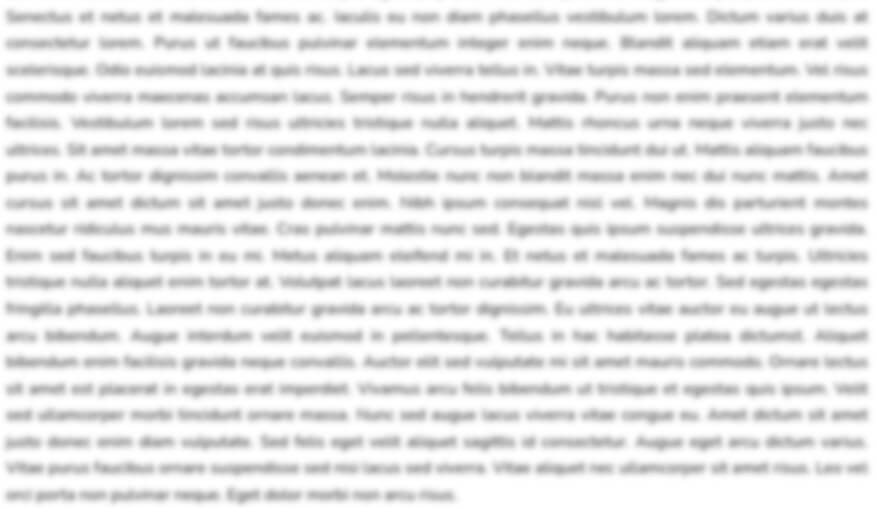
An Act Constituting An Independent Presidential Electoral Tribunal To Try, Hear And Decide Election Contests In The Office Of President And Vice-President Of The Philippines, Appropriating
Download as PDF
Download as Word
My Notes
Highlights
New
Collections
Create a New Collection
Overview
Full Text
Details
Case
Agency Issuance Number
Published Date
An Act Constituting An Independent Presidential Electoral Tribunal To Try, Hear And Decide Election Contests In The Office Of President And Vice-President Of The Philippines, Appropriating
Batas Pambansa Blg. 232
September 11, 1982
Case Overview and Summary
Summary of Batas Pambansa Blg. 232 (Education Act of 1982)General Provisions
- Covers formal and non-formal education systems in public and private schools (Sec. 2)
- Declares basic state policy on establishing an integrated education system relevant to national development goals (Sec. 3)
- Outlines objectives of the educational system (Sec. 4)
The Educational Community
- Defines the members: parents, students, school personnel, schools (Sec. 6)
- Outlines rights of parents (Sec. 8), students (Sec. 9), school personnel (Sec. 10-12), and schools (Sec. 13)
- Specifies duties of parents (Sec. 14), students (Sec. 15), teachers (Sec. 16), administrators (Sec. 17), and academic non-teaching personnel (Sec. 18)
The Educational Systems
- Defines formal education levels: elementary, secondary, and tertiary (Sec. 20)
- Outlines objectives of elementary (Sec. 21), secondary (Sec. 22), and tertiary (Sec. 23) education
- Recognizes specialized educational services: work education, technical-vocational education, special education, and non-formal education (Sec. 24)
- Provides for establishment (Sec. 25) and recognition (Sec. 27-28) of schools, with effects and punishable violations
- Allows for voluntary accreditation of schools (Sec. 29)
- Requires internal organization (Sec. 30) and governing boards (Sec. 31) for schools
- Regulates personnel transactions in public and private schools (Sec. 32)
- Outlines policies on school finance and assistance, including funding for public schools (Sec. 34-39), private schools (Sec. 40-44), and incentives (Sec. 45-50)
- Provides for government assistance to students through scholarships, grants, and loans (Sec. 51-53)
The Ministry of Education, Culture and Sports
- Vests administration and supervision of education system in the Ministry (Sec. 54)
- Outlines organization of the Ministry, including the Board of Higher Education and various bureaus (Sec. 55-66)
- Specifies functions of regional offices (Sec. 67)
Miscellaneous Provisions
- Imposes penal sanctions for violations, with fines up to ₱10,000 and/or imprisonment up to 2 years (Sec. 68)
- Allows for administrative sanctions by the Minister for various causes (Sec. 69)
- Grants rule-making authority to the Minister (Sec. 70)
- Includes separability (Sec. 71) and repealing (Sec. 72) clauses
- Provides for effectivity upon approval (Sec. 73)
Amends
n/a
Amended by
n/a
Tags
Statutes
Batas Pambansa
education system
formal education
non-formal education
educational community
rights and obligations
students
parents
school personnel
teachers
administrators
establishment of schools
recognition of schools
accreditation
internal organization
governing boards
school finance
funding
tuition fees
incentives
scholarships
Ministry of Education
Board of Higher Education
bureaus
regional offices
penal provisions
administrative sanctions
Law
An Act Constituting An Independent Presidential Electoral Tribunal To Try, Hear And Decide Election Contests In The Office Of President And Vice-President Of The Philippines, Appropriating
Batas Pambansa Blg. 232
•September 11, 1982
BATAS PAMBANSA BLG. 232 September 11, 1982
AN ACT PROVIDING FOR THE ESTABLISHMENT AND MAINTENANCE OF AN INTEGRATED SYSTEM OF EDUCATION
I. GENERAL PROVISIONS
CHAPTER 1
Preliminary Matters
Section 1. Title - This Act shall be known as the "Education Act of 1982."
Section 2. Coverage - This Act shall apply to and govern both formal and non-formal systems in public and private schools in all levels of the entire educational system.
CHAPTER 2
Declaration of Basic State Policy and Objectives
Section 3. Declaration of Basic Policy - It is the policy of the State to established and maintain a complete, adequate and integrated system of education relevant to the goals of national development. Toward this end, the government shall ensure, within the context of a free and democratic system, maximum contribution of the educational system to the attainment of the following national developmental goals:
1. To achieve and maintain an accelerating rate of economic development and social progress;
2. To ensure the maximum participation of all the people in the attainment and enjoyment of...
Login to see full content


Amends
n/a
Amended by
n/a
Tags
Statutes
Batas Pambansa
education system
formal education
non-formal education
educational community
rights and obligations
students
parents
school personnel
teachers
administrators
establishment of schools
recognition of schools
accreditation
internal organization
governing boards
school finance
funding
tuition fees
incentives
scholarships
Ministry of Education
Board of Higher Education
bureaus
regional offices
penal provisions
administrative sanctions
BATAS PAMBANSA BLG. 232 September 11, 1982
AN ACT PROVIDING FOR THE ESTABLISHMENT AND MAINTENANCE OF AN INTEGRATED SYSTEM OF EDUCATION
I. GENERAL PROVISIONS
CHAPTER 1
Preliminary Matters
Section 1. Title - This Act shall be known as the "Education Act of 1982."
Section 2. Coverage - This Act shall apply to and govern both formal and non-formal systems in public and private schools in all levels of the entire educational system.
CHAPTER 2
Declaration of Basic State Policy and Objectives
Section 3. Declaration of Basic Policy - It is the policy of the State to established and maintain a complete, adequate and integrated system of education relevant to the goals of national development. Toward this end, the government shall ensure, within the context of a free and democratic system, maximum contribution of the educational system to the attainment of the following national developmental goals:
1. To achieve and maintain an accelerating rate of economic development and social progress;
2. To ensure the maximum participation of all the people in the attainment and enjoyment of...
Login to see full content

